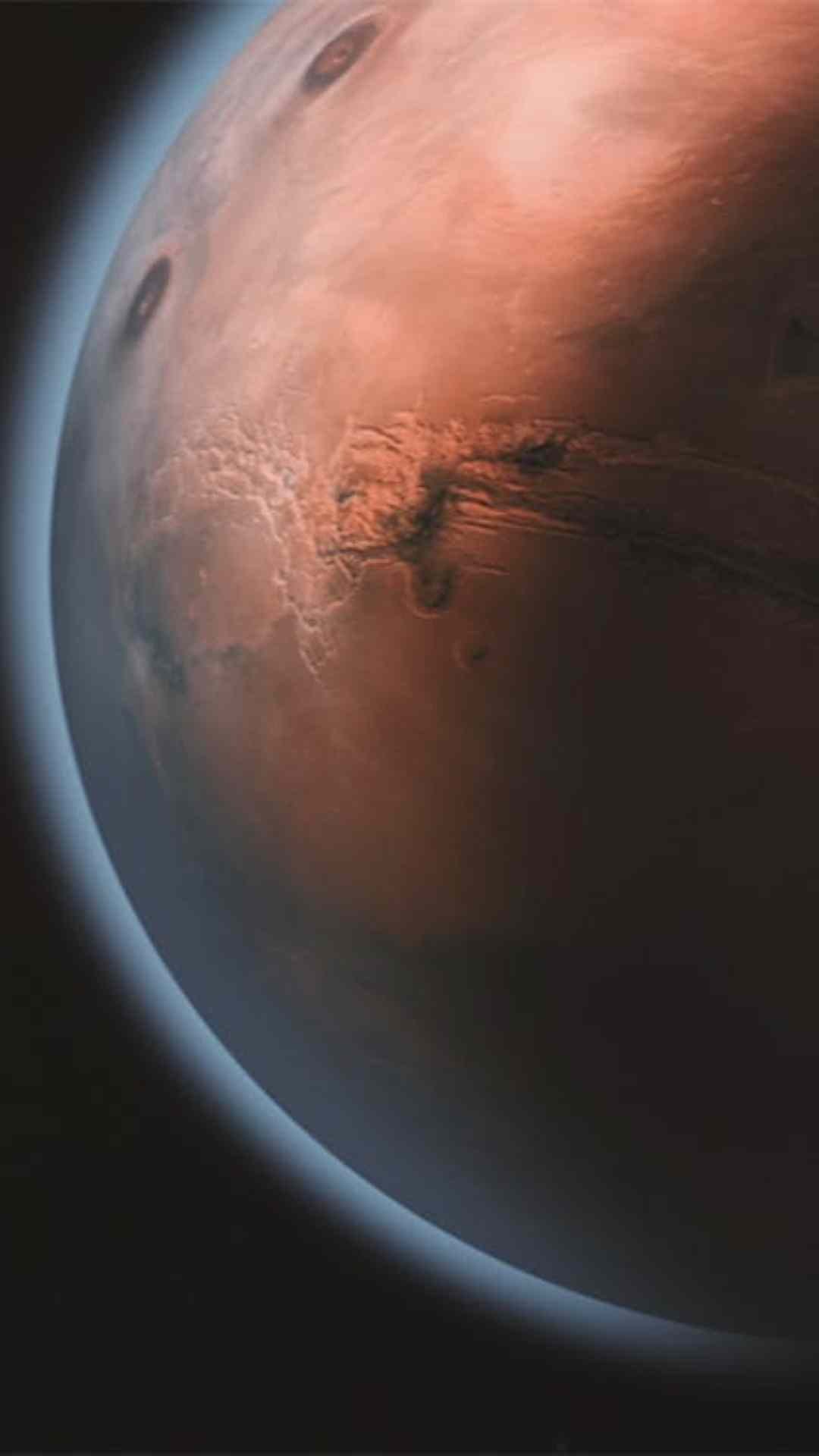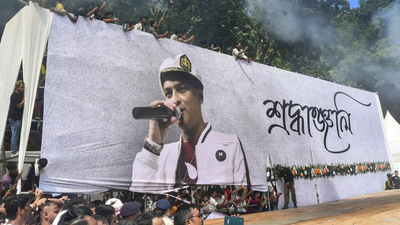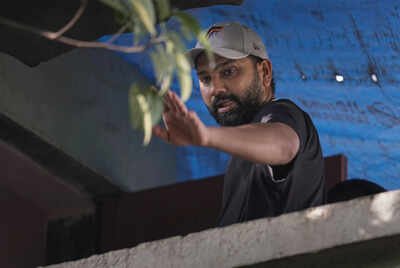
Scientists have long pondered the mystery behind Easter Island’s iconic statues, known as moai. These monolithic figures have puzzled researchers for decades due to their remarkable size and the question of how the ancient Rapa Nui people transported them across the island. Now, a team of researchers believes they’ve cracked the puzzle.
Using a combination of archaeological fieldwork, laboratory analysis, and computer simulations, the scientists propose a new theory: the statues were “walked” to their positions. This method involved rocking the statues back and forth, a technique called “dynamic walking,” which allowed them to move in a manner akin to human locomotion. The researchers demonstrated this process by constructing a scale model and successfully moving it in a similar fashion.
Additionally, the team found evidence of ancient roads and trackways that may have facilitated the transport of the statues. These pathways, coupled with the dynamic walking method, could explain how the Rapa Nui people transported the massive statues across the island’s rugged terrain.
The study sheds light on the ingenuity and engineering capabilities of the ancient Rapa Nui civilization, providing a new perspective on how they accomplished such monumental tasks. By unraveling this long-standing mystery, researchers hope to gain a deeper understanding of Easter Island’s history and the culture that created these awe-inspiring statues.







